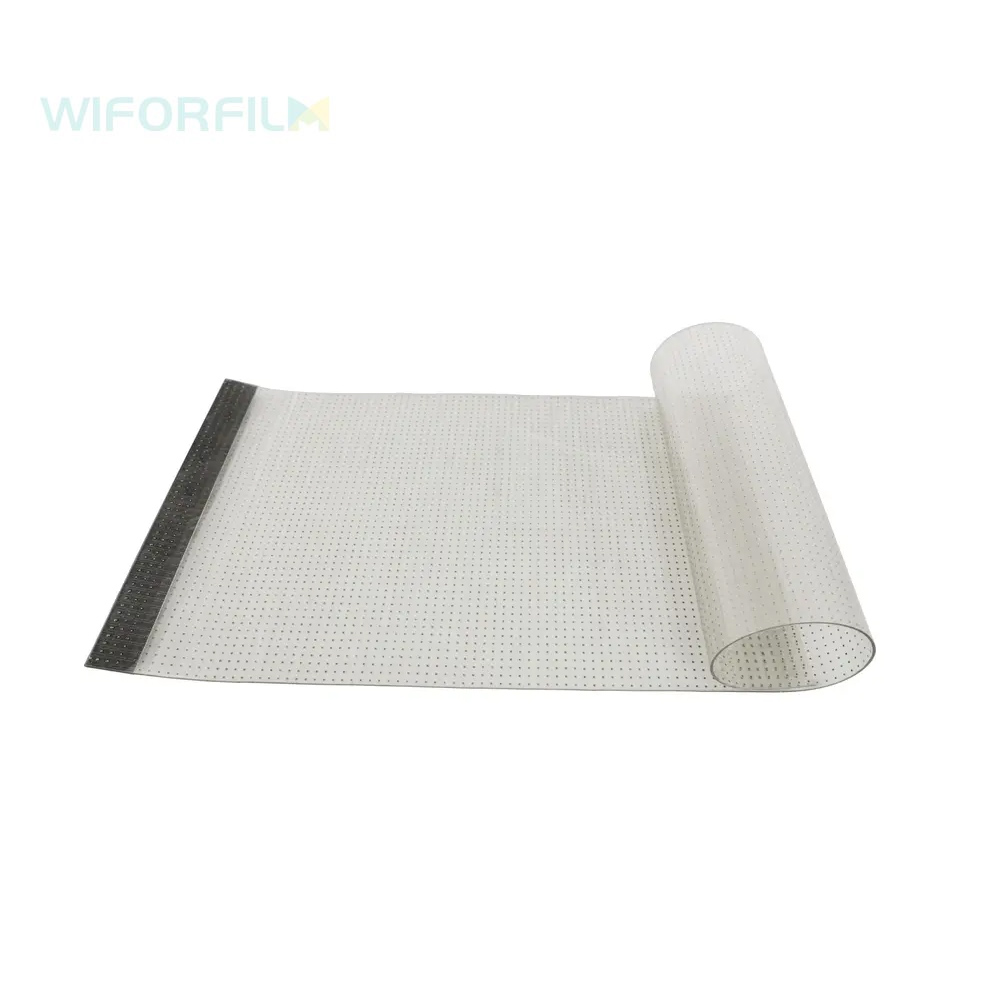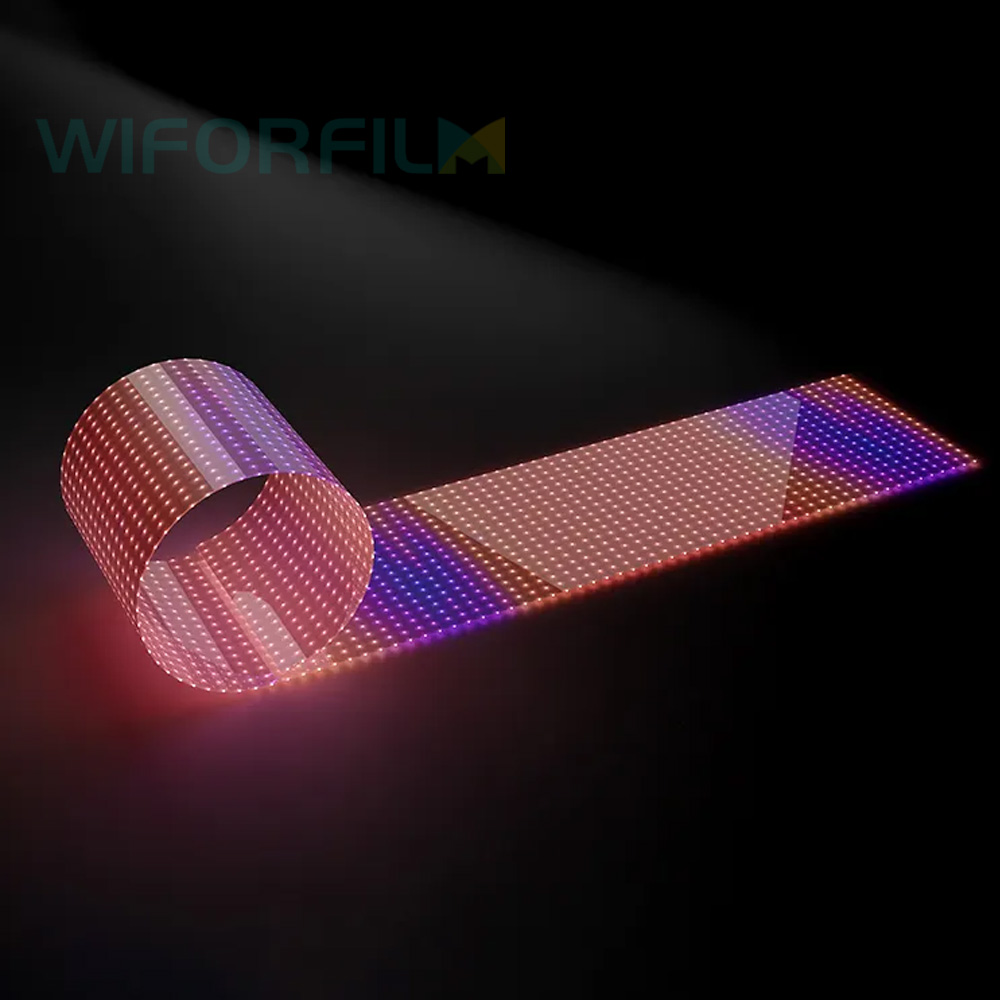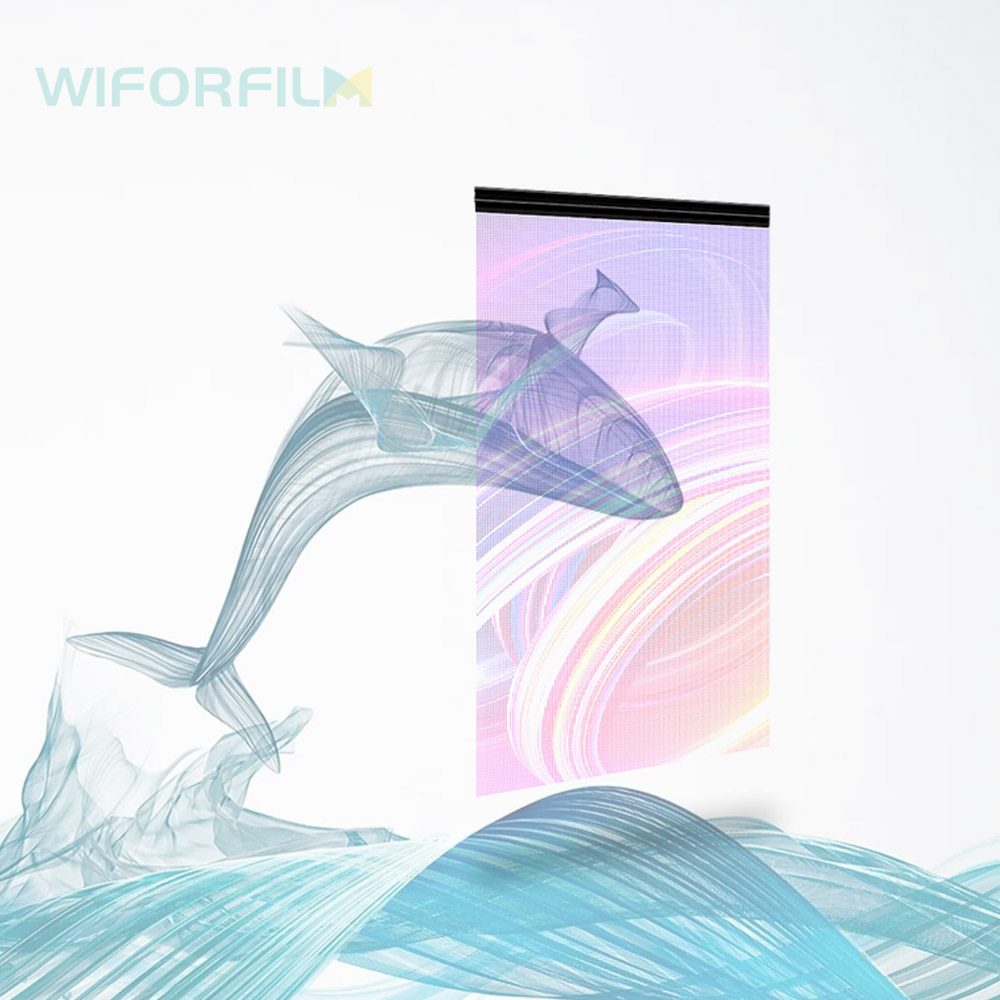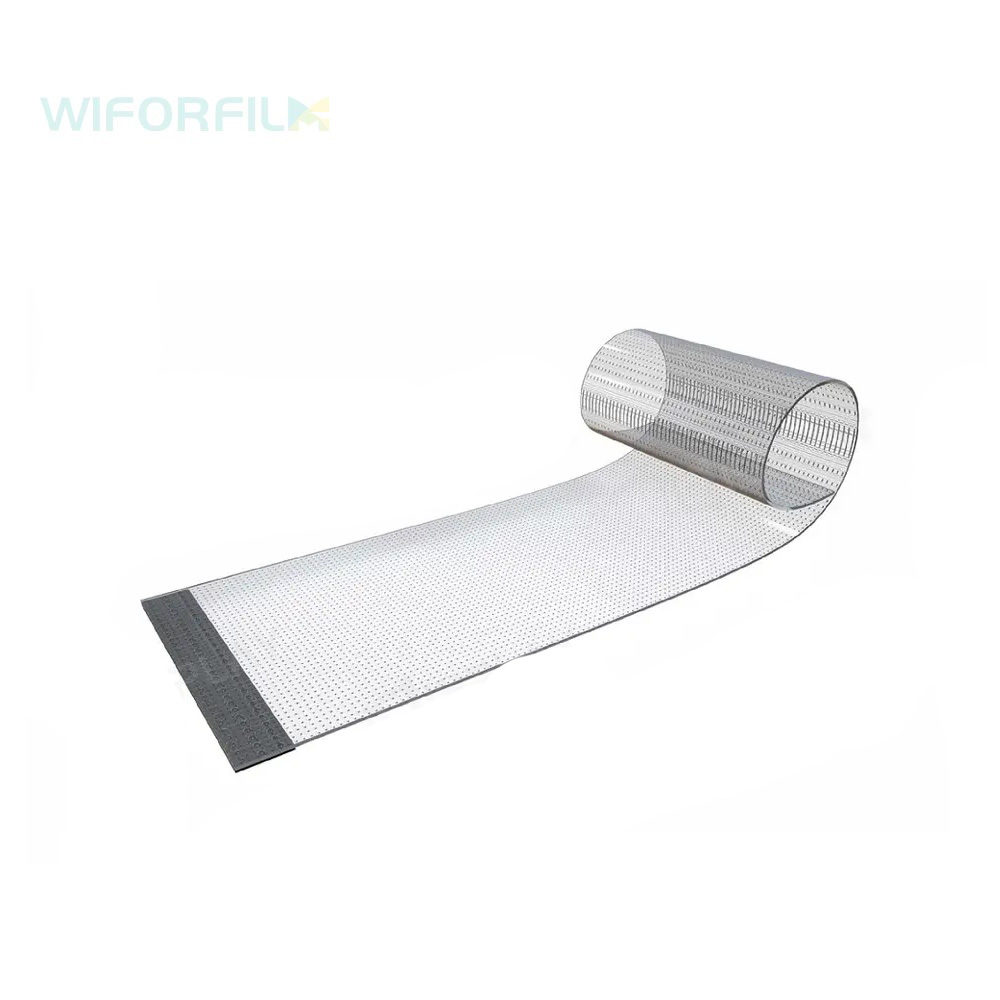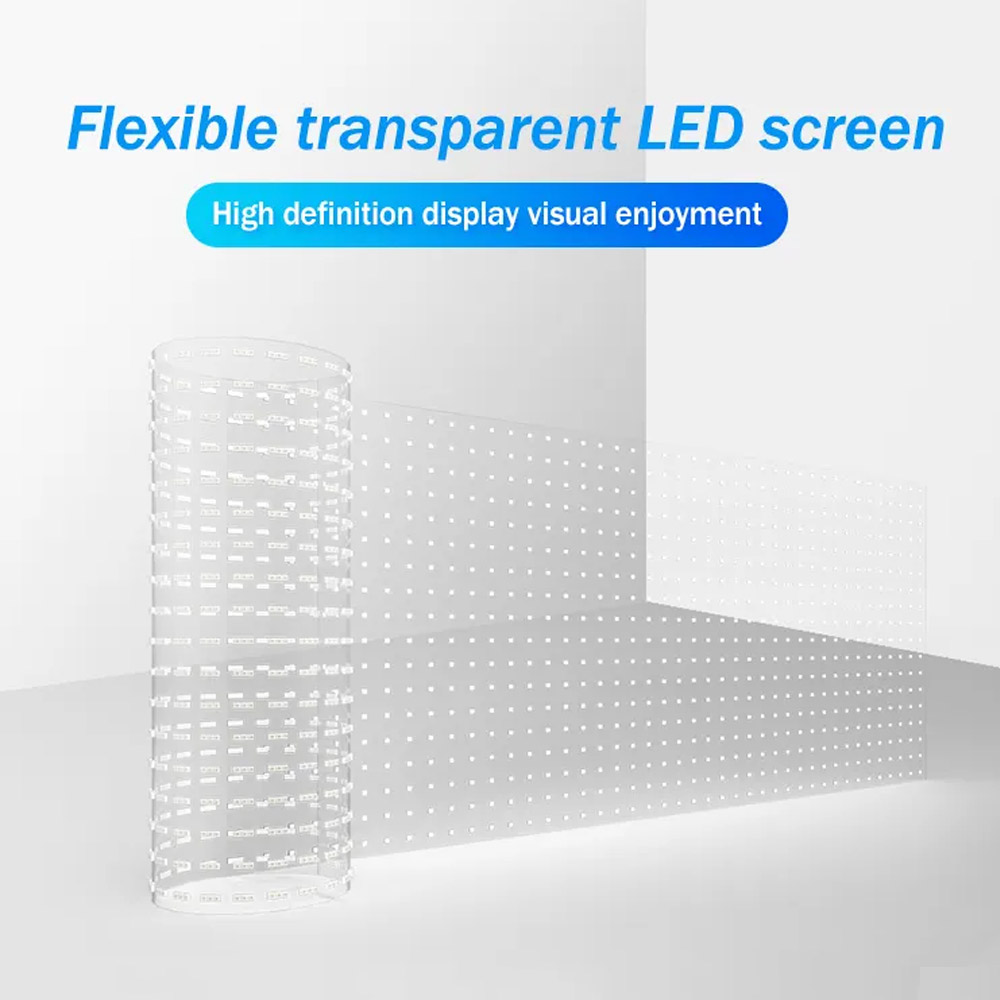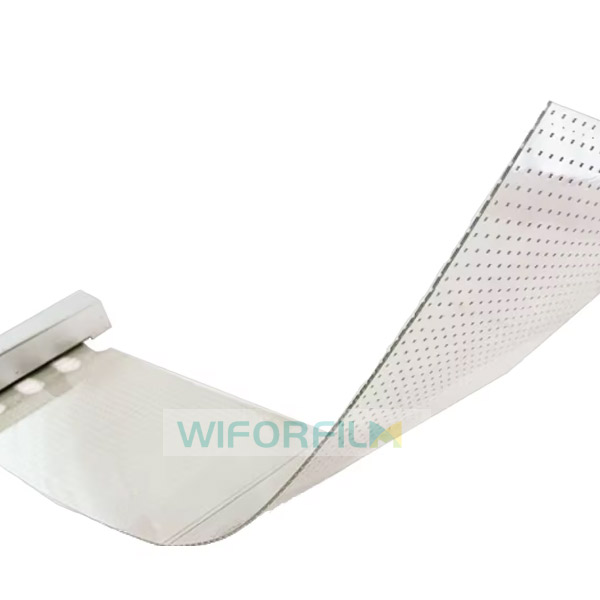
In recent years, the landscape of television technology has undergone a revolutionary transformation with the emergence of flexible LED TV screen. These innovative displays represent a significant leap forward in both design and functionality, offering consumers a whole new level of flexibility and versatility in their viewing experience.
Flexible LED TV screen utilize cutting-edge technology to achieve their remarkable flexibility. Unlike traditional rigid displays, these screens are made from a flexible substrate that allows them to bend and curve without compromising image quality. This flexibility opens up a world of possibilities for television design, enabling manufacturers to create curved, concave, or even wraparound displays that immerse viewers in stunning visual environments.
One of the most striking features of flexible LED TV screen is their ability to adapt to different viewing conditions. Whether it's a large living room or a cozy bedroom, these displays can be easily adjusted to fit the available space, providing an optimal viewing experience from any angle. This flexibility also extends to installation options, allowing users to mount their TV screens on curved surfaces or even hang them from the ceiling for a truly unique setup.
Beyond their flexibility, flexible LED TV screen offer unparalleled picture quality. Thanks to advancements in LED technology, these displays deliver vibrant colors, deep blacks, and high contrast ratios that bring images to life with stunning clarity and detail. Whether you're watching the latest blockbuster movie or playing a high-definition video game, you'll enjoy a truly immersive viewing experience that rivals the quality of a traditional cinema.
Moreover, flexible LED TV screen are also energy-efficient, consuming less power than their LCD counterparts while still delivering superior performance. This not only reduces electricity bills but also minimizes environmental impact, making them a sustainable choice for eco-conscious consumers.
In addition to their impressive visual capabilities, flexible LED TV screen are also equipped with advanced features and connectivity options. From smart TV functionality and voice control to seamless integration with streaming services and other devices, these displays offer a wealth of options for entertainment and convenience.
Looking ahead, the future of flexible LED TV screen seems brighter than ever. As technology continues to evolve, we can expect even more exciting innovations in display design, performance, and functionality. From ultra-thin designs to immersive augmented reality experiences, the possibilities are endless, promising a new era of television viewing that is truly flexible, immersive, and captivating.
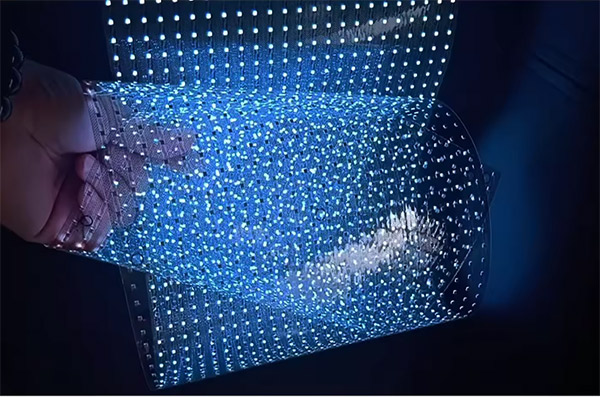
Here are some common parameters for a flexible LED TV screen:
Screen Size: The diagonal measurement of the screen, typically in inches (e.g., 55 inches).
Resolution: The number of pixels displayed on the screen, often specified as width x height (e.g., 1920 x 1080 pixels for Full HD).
Refresh Rate: The number of times per second the image is refreshed on the screen, measured in Hertz (e.g., 60Hz, 120Hz).
Panel Type: The technology used in the display panel, such as OLED (Organic Light-Emitting Diode) or MicroLED.
Brightness: The amount of light emitted by the screen, usually measured in nits or candelas per square meter (cd/m²).
Contrast Ratio: The ratio of the brightest white to the darkest black that the screen can produce.
Color Gamut: The range of colors that the screen can display, often expressed as a percentage of a standard color space like DCI-P3 or Rec. 709.
Viewing Angle: The maximum angle at which the screen can be viewed with acceptable visual performance, typically specified as horizontal and vertical angles.
Flexibility: Parameters related to the flexibility of the screen, such as curvature radius, bendability, and durability.
Connectivity: Types and number of input ports available (e.g., HDMI, USB, DisplayPort).
Thickness and Weight: Dimensions and weight of the screen, especially relevant for flexible screens.
Power Consumption: The amount of power consumed by the screen, usually measured in watts or kilowatts.
Additional Features: Any special features or technologies included, such as HDR (High Dynamic Range), AI upscaling, or smart TV capabilities.



